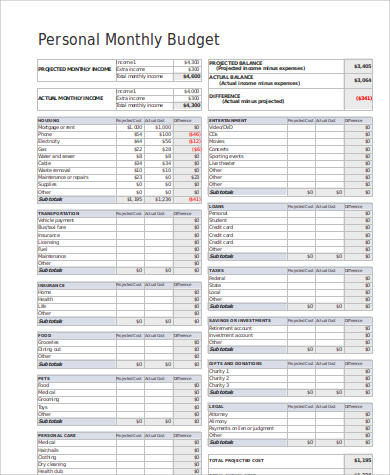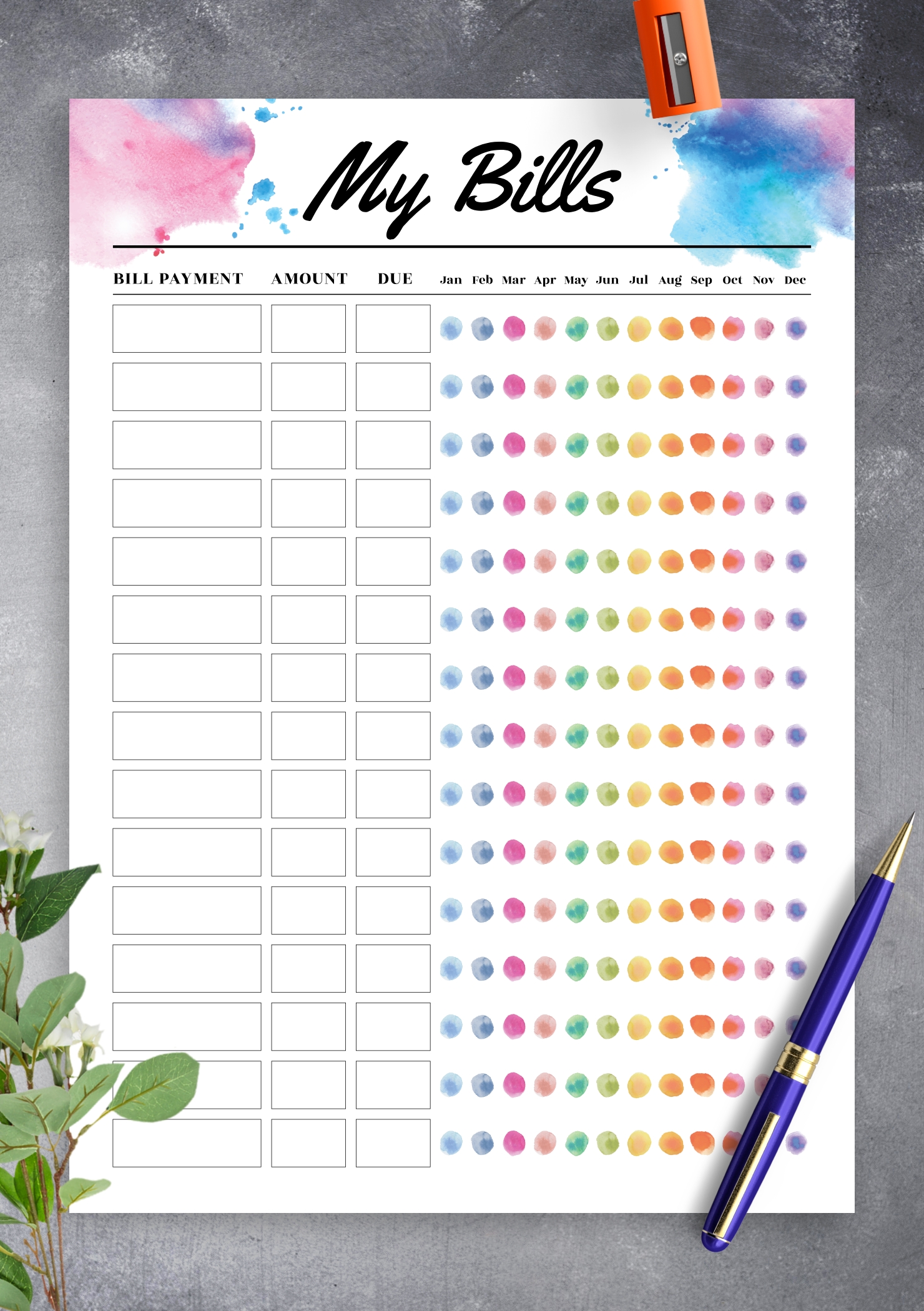

A bar chart is a major improvement over the table and over the fancy illustration at the top of this article.’ ‘Of course, seeing numbers in text form is not the same as truly visualizing the data. Your bar chart example shows clearly the trend in monthly figures which is fine if you want to show that, and I like it for that. My emphasis was on the cumulative figure, with the monthly figure as a secondary level of information. It may well have been your intention had you done it but it wasn’t mine.

‘If you want to see, or emphasize, the month-to-month trend, which was the intent of the original illustration, a line chart is the best option.’ ‘As I pointed out, you can only see the running and monthly totals if the text labels are legible’.Īnd so indeed there was no need to run a not very pretty table, which has little impact and no sense of the accumulated debt. It was not created to be viewed on a monitor which leads me to…Ĥ. Well of course it is – it was done, at the large size for a newspaper, as mentioned, which prints at 200 dpi.
#MONTHLY EXPENSES CHART FULL#
‘If you view it at full size, you can at least read the numeric labels in the margin, but reduced to fit into a medium sized monitor, it’s illegible’. The example cited is from the Guardian, though the link is wrong – it takes you to my flickr page and not the Guardian example mentioned (I am not responsible for the blog). The tried and tested theory of using ‘shapes’ to ‘show’ data volume, this example had as many critics in the newsroom as admirers.’ ‘The idea, initiated by a infographic which appeared in the Guardian last year. There has been no criticism of this chart to my knowledge (except here). ‘Data Visualisation and Quantitative Easing explained by Ciaran Hughes in the Daily Telegraph’Ģ. In the piece it clearly says in the first sentence the graphic was from The Daily Telegraph, not the Guardian. If you are going to criticise something at least read the article properlyġ. But if I am to take seriously the criticisms here then it’s only fair I point out the errors in your remarkably ineffective critique. I hold my hand up and admit I am the man guilty of such remarkably ineffective work. You can readily see the negative slope of the Monthly data, and the decreasing slope of the Cumulative values. If you want to see, or emphasize, the month-to-month trend, which was the intent of the original illustration (i.e., the “Easing” of government support), a line chart is the best option. A bar chart is a major improvement over the table and over the fancy illustration at the top of this article. Of course, seeing numbers in text form is not the same as truly visualizing the data. A table without the pretty distraction in the middle would be an improvement, if only because the numbers are not spaced out by the nice colors. Her initial response: WTF!!?Īs I pointed out, you can only see the running and monthly totals if the text labels are legible. I showed this picture to an unbiased bystander (my wife, who has a PhD in the biological sciences and who now teaches math and science), and asked how well it showed monthly and cumulative spending.

I think the reader is able to understand the depth of the financial stimulus package, and when. On the left we can see the ‘running total’ of the value of assets purchased, against the ‘monthly total’ on the right hand side, keyed at the top of the graphic. The iGraphics Explained blog posted an attempted clarification of and justification for this beast in Data Visualisation and Quantitative Easing explained by Ciaran Hughes in the Daily Telegraph. If you view it at full size, you can at least read the numeric labels in the margin, but reduced to fit into a medium sized monitor, it’s illegible. On the other, it does not clearly show anything without a lot of mental gymnastics. The chart appeared in the British newspaper the Guardian, and shows the “money injected into the UK economy by the British government to help ease the recession.” This illustration is reduced to fit click on this image to open the original in all of its full sized glory.Īpparently there has been much criticism of this chart. The Chart Porn blog referred me to an attractive but remarkably ineffective chart, in UK Quantitative Easing.


 0 kommentar(er)
0 kommentar(er)
